Friday 31 March 2017
Thursday 30 March 2017
Filming Locations
My film contains a total of four locations. The primary location for my filming has been in my grandparent’s loft. The reason for selecting the loft was mainly due to the miscellanea present within the space. A great deal of inspiration I had derived from the various items in the space.
The three remaining locations have been filmed outdoors in Taiwan. The first (the jungle) was filmed in Taipei Zoo, whilst the second and third (mountains and hot spring) were filmed in the mountainous region of Yang Ming Shan. The reason I’ve chosen these locations for these shots is to include a unique setting for my film.
Filming Schedule
Date
|
Time
|
Location
|
Shots
|
20/12/16
|
12:00-2:00
|
Taipei Zoo
|
Shot of Treeline
|
23/12/16
|
12:00-3:00
|
Yang Ming Shan
|
Landscape Shot/Hot springs
|
2/18/17
|
10:30-1:00
|
Grandparent’s Loft
57 Lockier Walk, Wembley
|
All Indoor Shots, including gun, maps, photographs and miscellanea.
|
Storyboard
My First Storyboard
This is my first attempt at creating a storyboard for my film. Unfortunately, this idea never came to fruition due to casting issues, however, some elements of it were used as inspiration for my final product, including the setting (dense jungle and a view of the city). Therefore, I thought it worth mentioning, as a great deal of preparation was put into this initial idea, despite it’s failure to come about.
The entire film would’ve been shot in first person POV. The first scene (top left) shows four characters standing in front of a protagonist who appears to be tied up. One of them appears to be the leader. In the first two scenes, the protagonist is slipping in and out of consciousness therefore these scenes will be presented vaguely, as the protagonist will be blacking out and reawakening several times.
The second scene depicts the leader revealing an assortment of torture instruments on a table (axe, blade and syringe). This implies that the characters shown on screen wish to torture the protagonist. The reason for this is left ambiguous. The other characters on either side of the table whilst the figure in the centre is the main antagonist.
In scene three, upon realising the protagonist has fully awoken, the antagonist approaches the victim and examines him, discerning his state of consciousness. Meanwhile, his henchmen stand and watch.
In scene four, the protagonist finds himself following the antagonist through dense jungle. The setting is mostly dark, damp and unsettling. The antagonist’s intent is left in question, as the scene implies that the social dynamic presented in the previous scenes has shifted. The supposed antagonist is no longer at odds with the protagonist. The two characters are now alone.
In scene five, the two characters find themselves atop a hill as they emerge from the jungle. A view of a city is visible as the supposed antagonist stares out at it. The POV character observes at a distance.
The final scene shows the antagonist turning to face the viewer, before approaching. He pulls from his holster a gun and hands it to the main character, revealing that they may not have been enemies but the situation they’ve found themselves in is left in question.
My Second Storyboard
This film is based during The Cold War in Vietnam. The main character is a member of The Viet Cong, planning a series of killings of influential people. The protagonist is left off screen throughout. The reason for this is to reflect how the Viet Cong’s operatives, as well as other guerrilla fighters, would blend in amongst those around them; therefore, the main character could be male, female, old or young. Hence the title, ‘In Plain Sight’.
Note: Before the film opens, a quote from Sigmund Freud appears on screen. This quote is used because the film will take the audience on a psychological journey.
The first scene opens with two separate shots of a rifle. The camera pans across it. The use of the rifle suggests to the viewer that the main character is a marksman, moreover, the shots include a mid shot of the weapon, followed by a closeup, showing more detail and emphasis on the object’s significance.
There are three main focuses present within the second scene. The camera pans from left to right, showing the objects of interest. The first of these is a bust of Buddha, which represents the dichotomy between practicing peaceful religion whilst living a violent way of life. The second focus is the illustration of Carl Yung, which represents the film’s psychological exploration of the mind of a guerilla fighter. The final focuses are the Three Wise Monkeys, representing the proverbial saying, ‘hear no evil, see no evil, speak no evil’.
The Third scene first shows a map of Southeast Asia, followed by a shot of a jungle treeline. Both shots are representative of Vietnam, therefore, establishing the film’s setting.
The fourth scene depicts a range of photographs that are of significance. The photographs shown are intentionally unclear, suggesting that the targets are nonspecific in terms of their appearance.
The fifth scene once again establishes the setting, but the increased movement of the camera adds a sense of taking action, highlighting the character’s desire for taking an active role.
The final shot consists of a hot spring which symbolises serenity and peace in an otherwise turbulent time period.
Tuesday 28 March 2017
Monday 6 February 2017
My Personal Favourite Thriller films
_theatrical_poster.jpg)
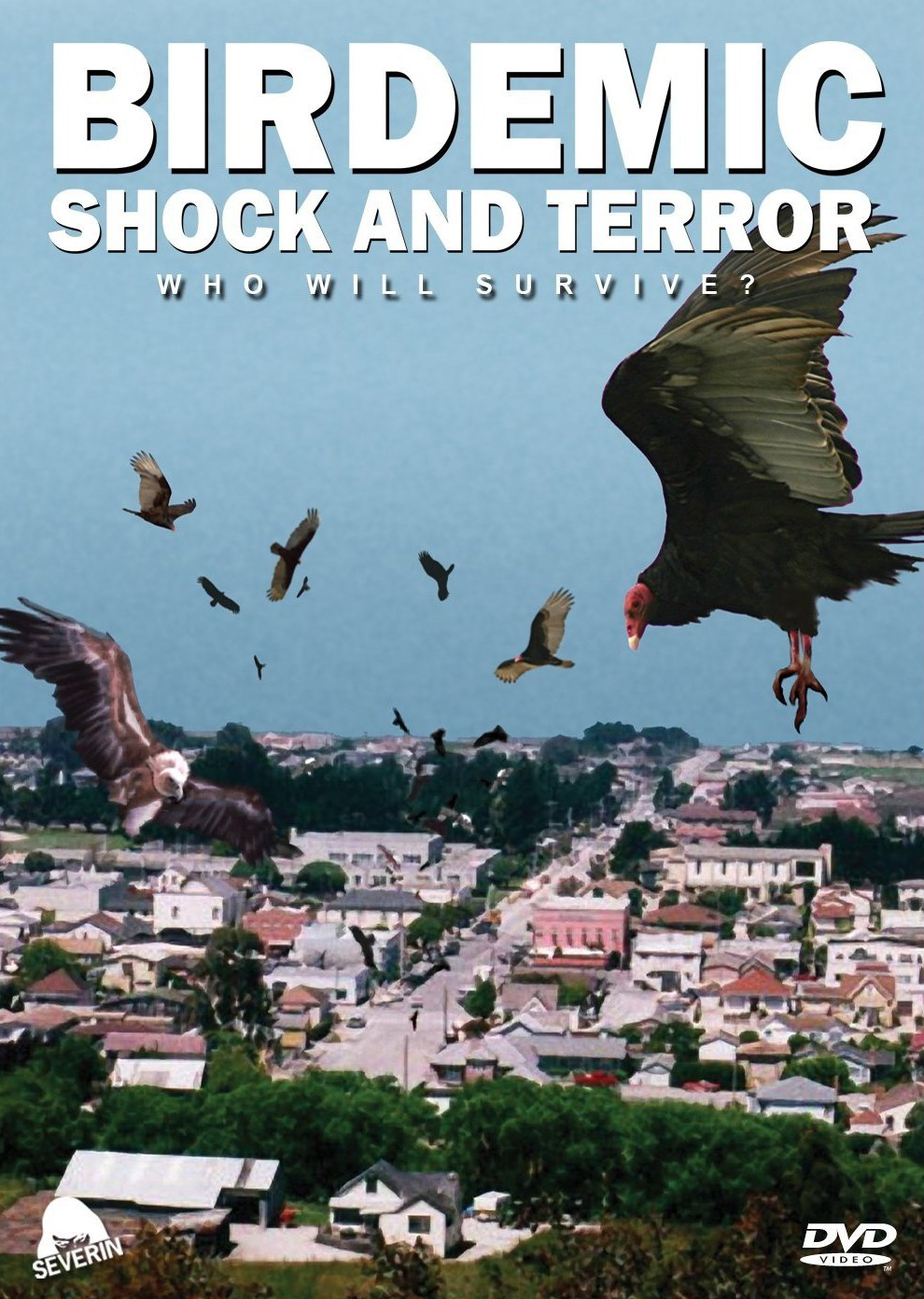
In my opinion, the films which are considered the "best of all times" are not always particularly interesting or good to me, sometimes even coming across as dated to me, as mentioned in a previous post, a good example of what I'am talking about is the 1963 film, The Birds, directed by Alfred Hitchcock. Although this is a film directed by Hitchcock, the master of suspense, the film looks incredibly outdated with poor special effects and "scares" which may have worked on audiences from the 6os but it did not work on me, my father or my younger brother. Based on this, I think audiences should've moved from films like these as there are plenty of B-movies which have similar premises and quality of special effects (Birdemic is just one example). Another example of this is, a more recent example this time, is the 2010 film Inception, directed by Christopher Nolan. Inception is one of those films which thinks having an "incredibly complex" and "scientifically accurate" makes a film good or amazing. Fans of this film usually tell others who dislike the film that "they're not smart enough" or that they "just don't get it". Not only do I think that people that say these things themselves would struggle to explain Inception's ideas but I must also question, if the film is so clever as it thinks it is, then why does it feel the need to constantly explain and force information down the viewer's throat, insulting the intelligence of it's audience?
_theatrical_poster.jpg)

I will be posting more of my opinions on my personal LEAST favourite thrillers in the next post, but as of now, let's revert back on topic and discuss my PERSONAL FAVOURITE thrillers that I've seen. Not all of these will be on the list of "best of all time", in fact I will try to avoid mentioning those as stating films that everybody else would include (Shawshank, Godfather, Pulp Fiction, Silence of the Lambs, Scarface, Fight Club etc). These films will be what I personally have enjoyed in recent memory, in other words, the films listed below are films from recent decades, not much older than 1990, for the sake of making it more interesting.
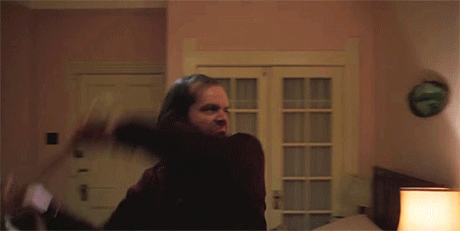
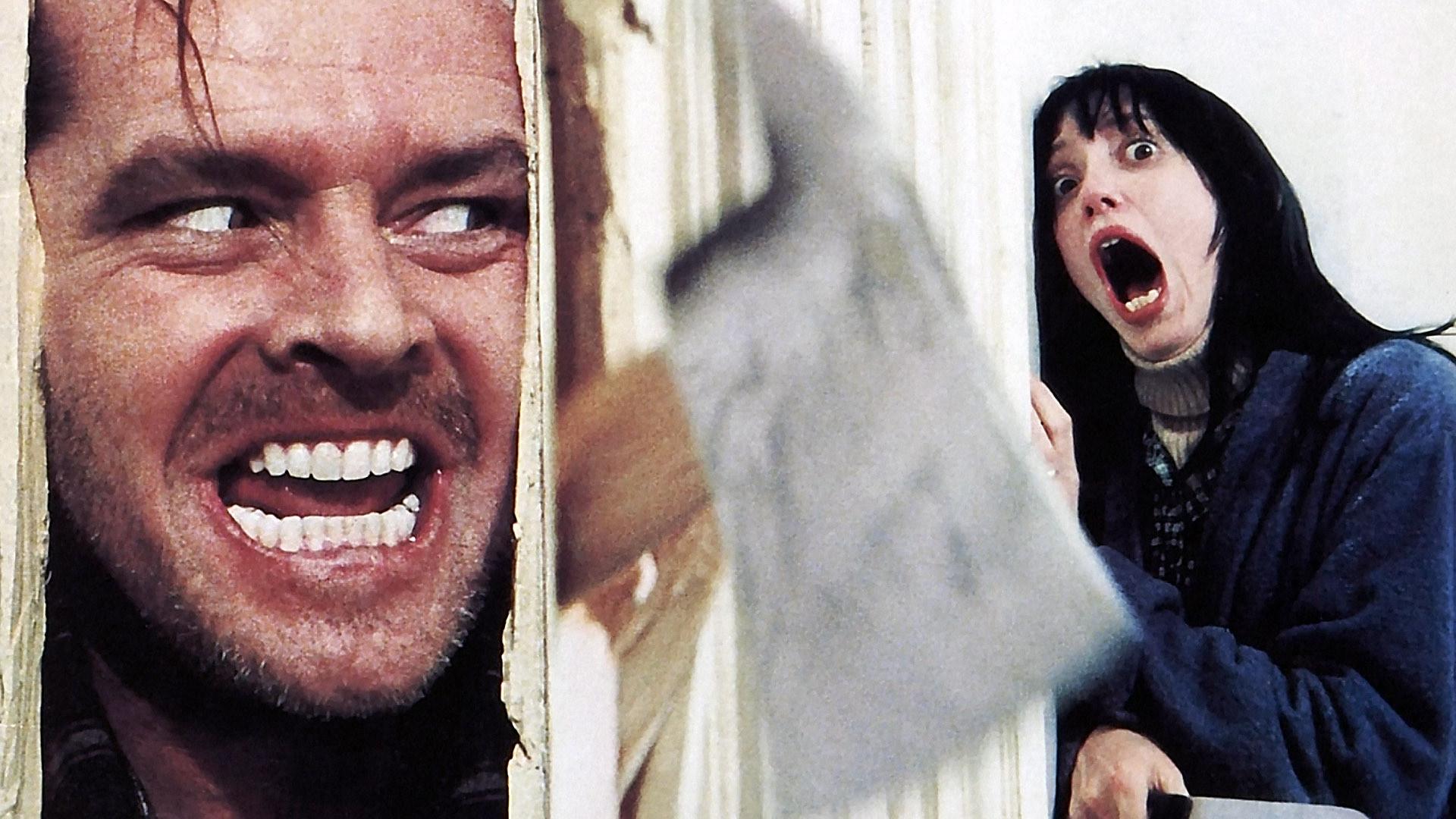

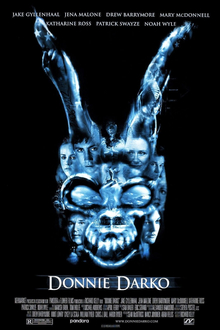

American Sniper:

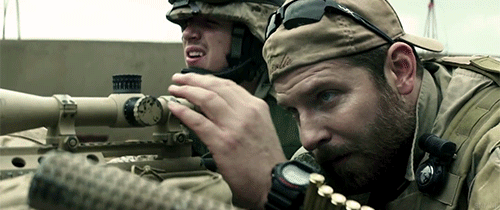
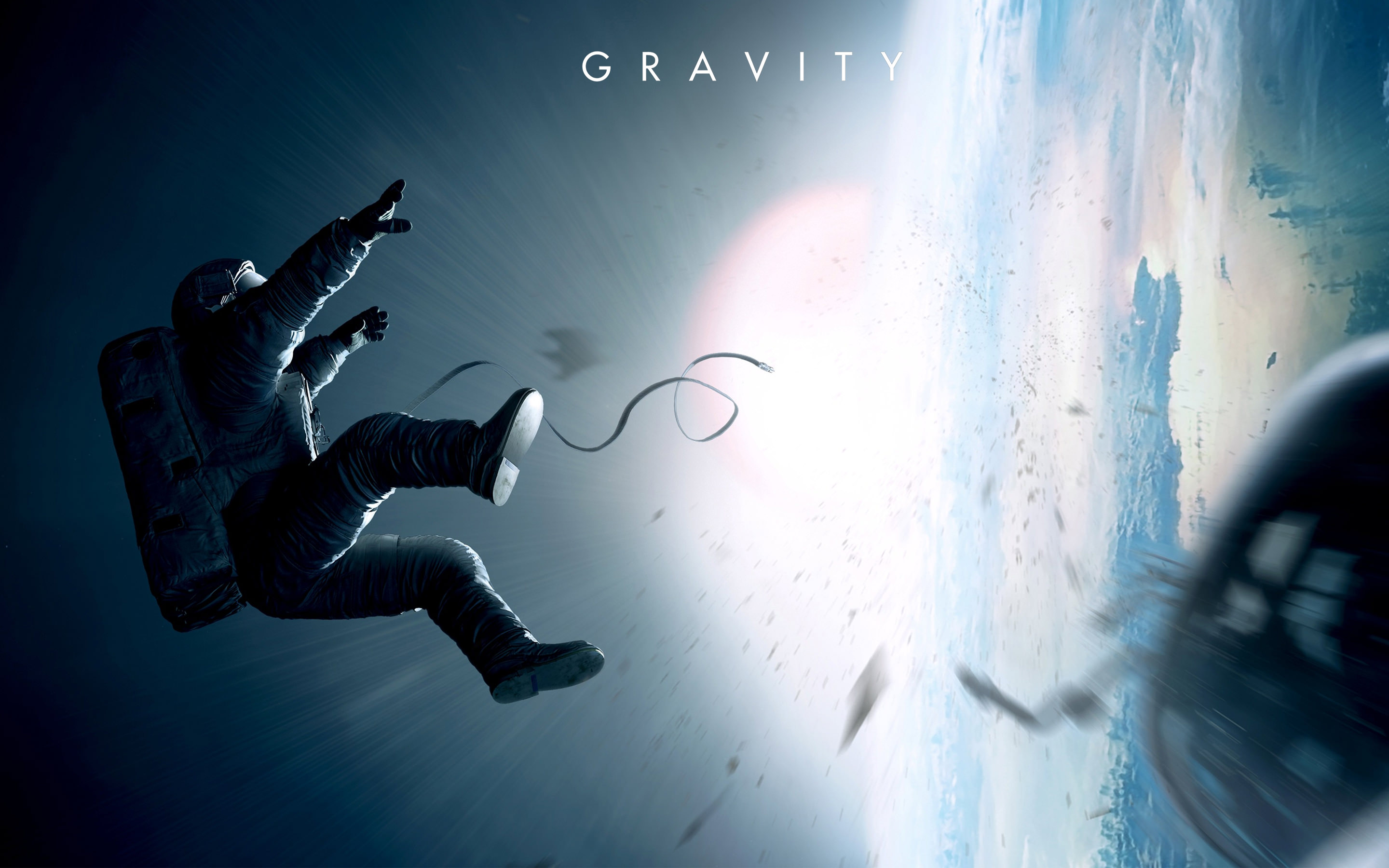

Train To Busan:
This South Korean zombie thriller from 2016 has garnered it's spot as the greatest zombie flick I've seen, surpassing 28 Days Later, World War Z and Shaun Of The Dead. What makes this such an amazing movie is not just because of the skilfully crafted action, but also due to it's lovable cast and the uniqueness of it's premise; A zombie attack that breaks out in South Korea, with the vast majority of the film taking place on a bullet train on it's way to the city of Busan. The quality that absolutely defines this movie for me is the excellently delivered social commentary, adding an extra layer to the emotional aspects. This is a zombie movie that will leave it's audience in tears. This is something no viewer, myself included, would ever think a zombie flick could do.




The Shining:
In 1980, Stanley Kubrick directed what is arguably one of the greatest horror films ever made, The Shining. Although the film is not considered revolutionary, it has certainly stood the test of time and immortalized Kubrick as one of the twentieth century’s most influential directors. Unlike today’s horror films, The Shining takes a bare bones approach, relying solely on ambience and suspense to achieve that long sought after thrill, which is a far cry from the puerile jump scares, gore and cliches which horror films nowadays rely on almost incessantly.


This 2001 sci-fi thriller was actually critically acclaimed as well, being considered a "cult classic" without "the best of all time" label on it. What the film does very well that's similar to The Shining, is the utilisation of suspense while including elements of sci-fi and fantasy. Richard Kelly takes a step away from the norm, rather giving the film a fast paced, action packed thrill ride, he opts for a slower psychological approach, which adds a certain kind of intensity which most directors fail to achieve.



American Sniper:
What makes American Sniper unique from other war thrillers is that it really captures the horrors and brutality of real war situations, rather than mindlessly blowing things up. The film deals with sensitive issues and thematic elements associated with war such as losing teammates, missing family and post traumatic stress disorder. All of these are touched upon in the film, adding that extra layer of detail and realism to the story. The realism combined with the excellent attention to detail of life in the midst of war makes this an overall fantastic film.


Gravity:
The 2013 film, Gravity is a visual masterpiece that contrasts greatly with the previously mentioned title, Interstellar. Gravity boasts remarkably beautiful and smartly implemented special effects, as opposed to Interstellar. More notably, however, the simplicity of both the plot and concepts of the film give it a certain clarity which afore mentioned lacked, resulting in a film that can be gripping without relying on overcomplicated and, at times, farcical themes which serve no purpose other than to create the illusion of depth.


Train To Busan:
This South Korean zombie thriller from 2016 has garnered it's spot as the greatest zombie flick I've seen, surpassing 28 Days Later, World War Z and Shaun Of The Dead. What makes this such an amazing movie is not just because of the skilfully crafted action, but also due to it's lovable cast and the uniqueness of it's premise; A zombie attack that breaks out in South Korea, with the vast majority of the film taking place on a bullet train on it's way to the city of Busan. The quality that absolutely defines this movie for me is the excellently delivered social commentary, adding an extra layer to the emotional aspects. This is a zombie movie that will leave it's audience in tears. This is something no viewer, myself included, would ever think a zombie flick could do.




Subscribe to:
Posts (Atom)




